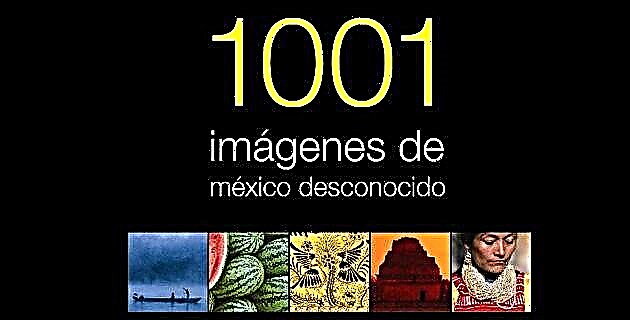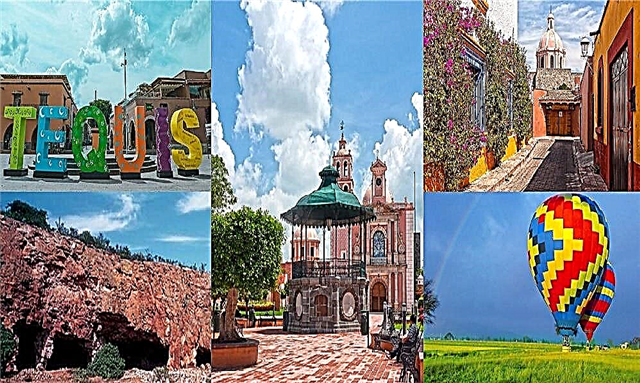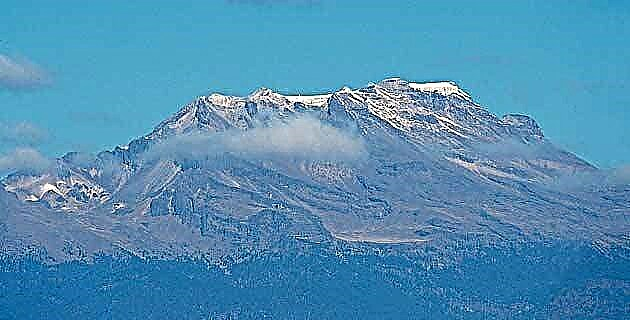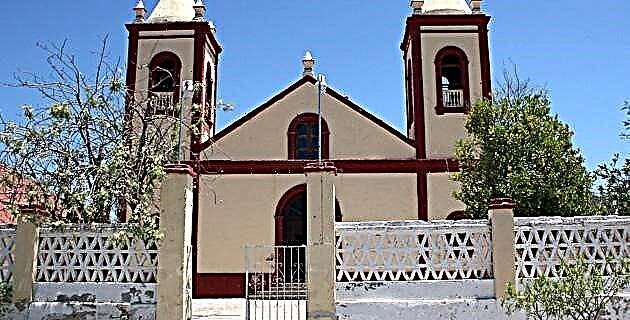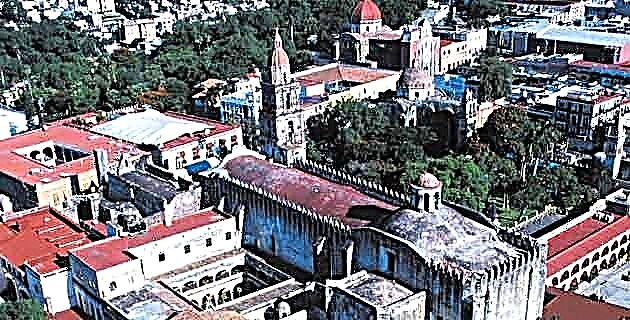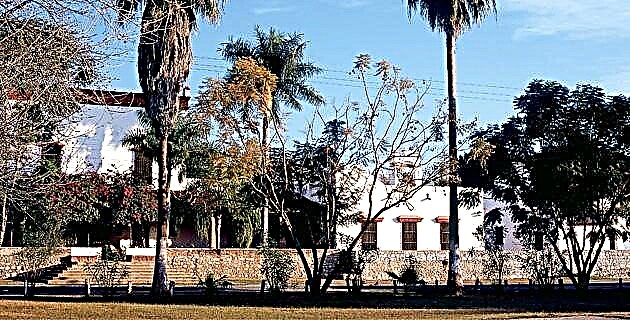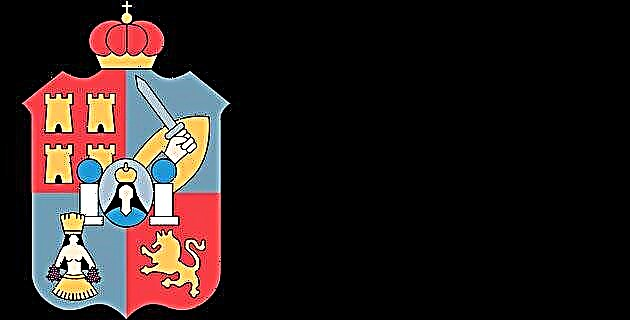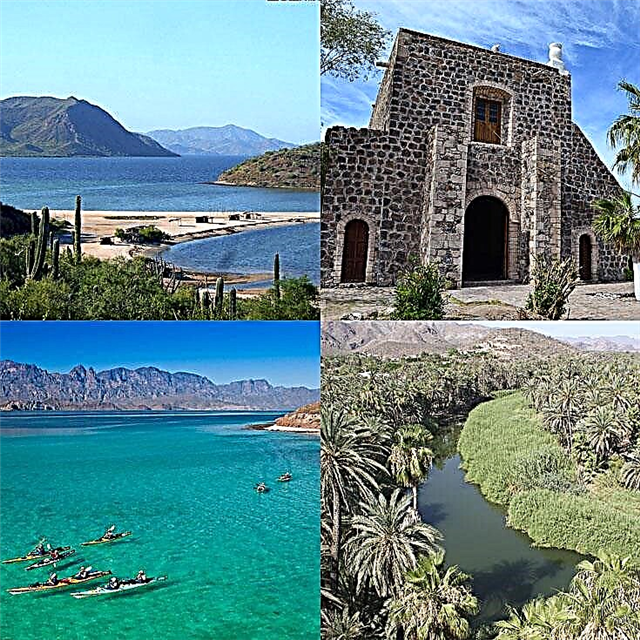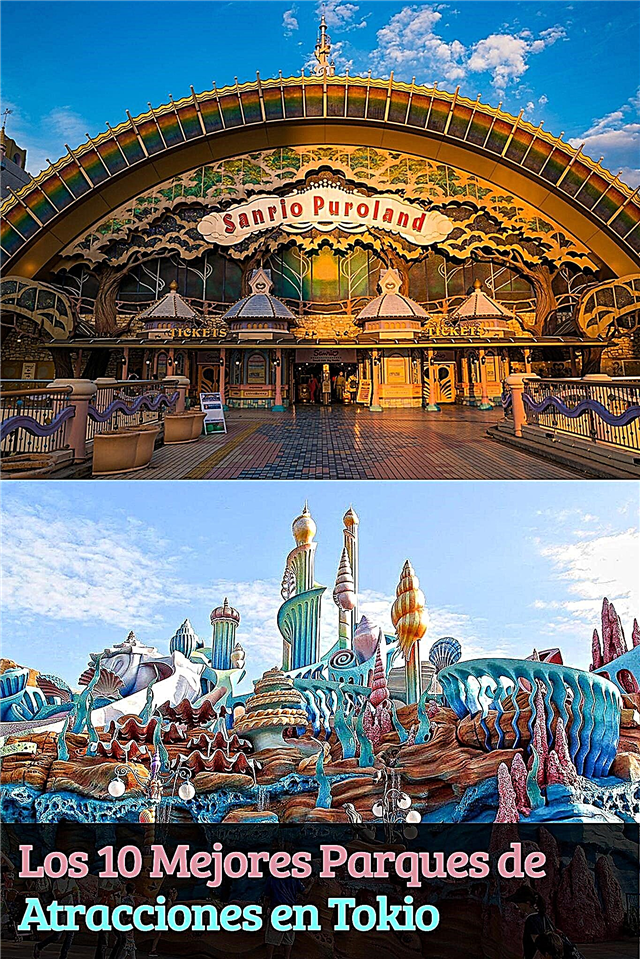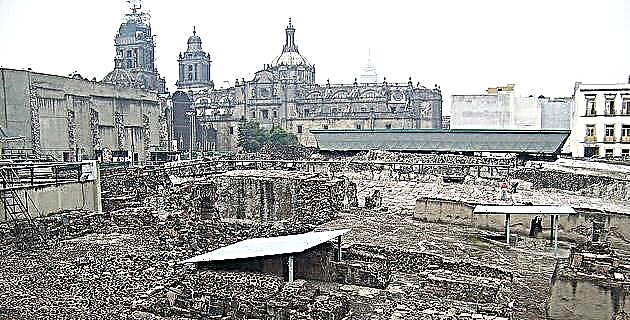
In 1980 the archaeological works to the north of the Greater Temple began. There various shrines were located that were part of the buildings that made up the great plaza or ceremonial precinct of the Aztec capital.
Three of them were lined up, one after the other and from east to west, along the north facade of the temple. Yet another was found to the north of these three shrines; It was an L-shaped base that showed two staircases: one facing south and the other facing west; the latter decorated with eagle heads. When excavating this basement, it was observed that there had been a previous set that had the same arrangement. The stairway to the west led to a hall with pillars and a bench decorated with a procession of warriors. On the sidewalks and on either side of the entrance were two life-size clay eagle warriors.
The entrance leads to a rectangular room that has a corridor on its left side which leads to an interior courtyard, at the north and south ends of which are two rooms. The warriors' bench reappears in all of them. By the way, at the entrance to the corridor there were two clay figures in the form of skeletons and white clay braziers with the face of the crying god Tláloc. The whole set is very rich in decorative elements. The building was chronologically located towards stage V (around AD 1482) and due to the context it was thought from the beginning that it could be closely related to war and death.
Some years passed and in 1994 Leonardo López Luján and his team undertook the excavations towards the north of this group, where they found its continuation. On the façade that faces south, they again found the bench with warriors and a door on the sides of which were two superb clay figures with the representation of the god Mictlantecuhtli, lord of the underworld. A figure of a snake placed on the floor prevented the passage into the room.
The archaeologists noticed that on the shoulders of the two emaciated figures of the god there was a dark element that, once analyzed, showed residues of blood. This coincided perfectly with ethnohistoric data, since in the Codex Magliabechi (plate 88 recto) a figure of Mictlantecuhtli can be seen with a person shedding blood on his head.
In front of the access door, an offering placed inside a cross-shaped cist was recovered, which reminds us of the four universal directions. Inside it was an old god and various materials, including rubber balls.
The study carried out by López Luján clarified some of the building's characteristics and its possible function. Sifting through historical documents and analyzing archaeological data, it has been suggested that important ceremonies related to the highest ruler of Tenochtitlan could be held there. The journey from the inner chambers to the west coincides with the daily path of the sun, and the figures of the eagle warriors may be significant in this. Upon exiting the hall, he turns to the north, the direction of death, called Mictlampa, and he arrives before the figures of the lord of the underworld. This entire journey is full of symbolism. We cannot forget that the figure of the tlatoani is related to the Sun and to death.
Subsequently, it was excavated under the Porrúa Library, on Justo Sierra Street, and what appears to be the northern limit of the Águilas Precinct was found, and more recently the western wall of the complex was detected. Thus, once again, archeology and historical sources were complementary and led us to the knowledge of what was the ceremonial site of Tenochtitlan.

